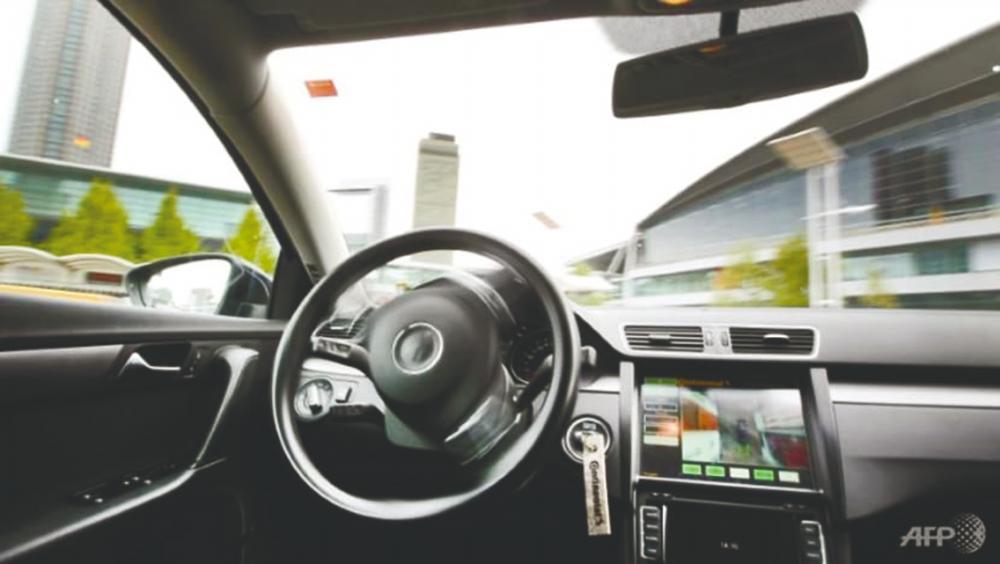Who is winning the data race for the software-defined vehicle?

THE notion that cars are becoming computers on wheels has become obsolete, and it underlies the automotive industry’s trajectory. As we enter the era of the software-defined vehicle, major original equipment manufacturers (OEM) are racing against tech giants such as multinational corporations Amazon, Apple, Google, and Microsoft to produce the car of future’s operating systems. Hence, going head-to-head with the competition may not be practical in a short time.
While OEM are working on becoming the software professionals and data journey managers of their automotive and mobility products, tech giants also have a head start in the field. Consequently, a range of models can be seen based on partnerships and co-innovation that emerge in the automotive industry now as an interim solution as OEM prepare themselves for the future automotive industry.
As Silicon Valley’s leading tech giants started entering the automotive market, software-driven electric and electronic vehicle architectures were introduced into the automotive industry. Significantly, the concept has changed the business strategy of traditional OEM as industry giants proclaim that software-driven product and service innovation will be future market differentiators. A prime example of this can be seen with the introduction of autonomous driving, the most visible model of advanced software development and a crucial enabler of radical change in the mobility ecosystem.
At the same time, we also saw the introduction of #NEXTGen Malaysia, an event organised by BMW Group Malaysia earlier this year in accordance with Malaysia’s electrification plans for 2022 in giving out awareness of electromobility to colleagues in the industry and the general public. The sentiment was also echoed in the National Automotive Policy (NAP 2020) that was modified to highlight specific actions to improve the electronic vehicle (EV) ecosystem, such as the critical parts of manufacturing, standardisation and supporting of research and development, commoditisation as well as innovation to develop suitable technologies locally.
According to the policy, OEM will also be permitted pioneer status – an investment for the tax incentive, EV import and excise duty exemptions as well as direct and indirect tax relief for EV production, among others. This suggests that the future of automotive mobility promises seamlessly automated and personalised on-demand travel.
Combining various elements of the expanding automotive ecosystem, it is only fair for industry players and newcomers to the automotive industry to move at top speed.
The data landscape is extremely diverse; while car manufacturers ought to be the moderator of the connected car data journey, so do software developers wanting to create automotive operating systems, as well as smart mobility services developers and other digital services accessed from within the car. To remain in the driving seat of the connected car, OEM must transform their operations and get hands-on with their connectivity infrastructure. With advances in the automation of interconnection and the development of associated Application Programming Interface, the game is now easier than it has ever been.
The automotive platform operator’s task, be it the carmaker or the developer of the operating system is to ensure that all car-related data transfers are executed in the most secure, reliable and high-performance way possible. Here, they need to involve one further partner: an interconnection platform operator as an aggregation layer, to bring the stakeholders together, route the data flow securely and improve the resilience and performance of the connectivity to and from the connected car.
This article is contributed by DE-CIX International CEO Ivo Ivanov. – theSun
